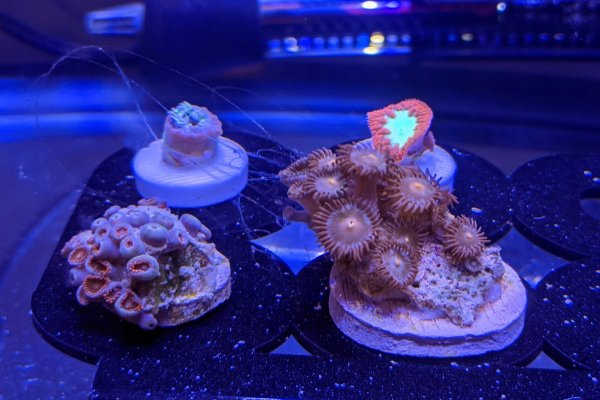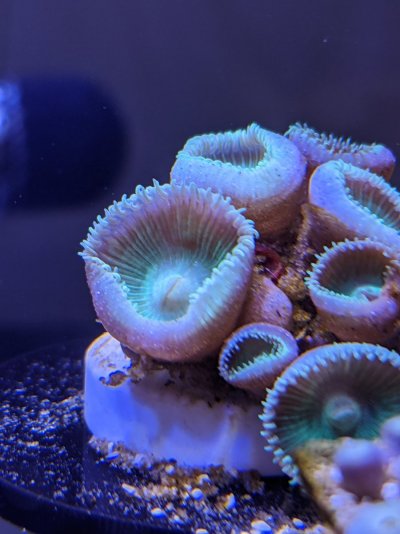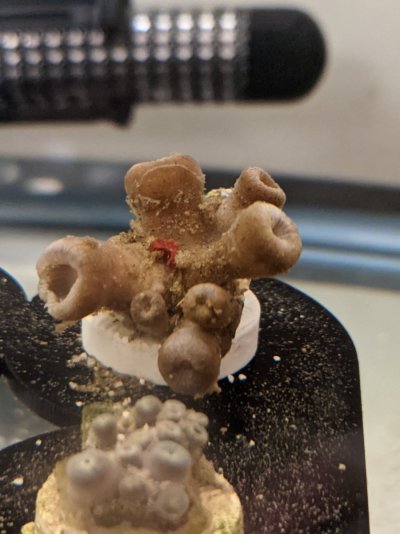I have 8 frags in a 10 gallon quarantine tank with a black box light on an 8am-8pm timer that was started on low light and slowly moved up to mid strength (have not measured PAR). The corals went through Bayer and Melafix dips prior to quarantine. They are on quarantine day 22 out of 76. They did well for the first week and then started showing signs of stress (a lot of coral slime). Around day 7 I checked the water parameters and there was an ammonia spike 0.25ppm. I couldn't figure out where it came from, but did two 50% water changes and put a piece of live rock from my DT into the QT. I also thought the flow was too high with the 1050GPH power head I had in there, so I swapped it for a 530GPH nano. When I swapped the powerheads I found a DEAD COCKROACH sucked up against the back of the old power head (found the source of ammonia...). I did another 50% water change after removing the dead roach. The duncan and blasto are doing well, the zoas are intermittently closed (more than the used to be at any given time), the palythoa is not great, and the xenia is dead/dying. Is there anything else I can do for these guys? Did the initial ammonia spike just kill the xenia? Would I be safe to put a new one in there? They just don't seem to be thriving even though the water parameters seem fine.
Livestock
Duncan
Fire blastomussa welsii
Radioactive Palythoa
Xenia
Zoanthid x 4
5/9/21
Temperature: 80F
Salinity: 1.025
pH: 8.15
KH: 9.3
Ammonia: 0
Ca: 420
Mg: 1155
PO4: 0
5/18/21
Temperature: 80F
Salinity: 1.025
pH: 8.15
Ammonia: 0
Nitrates: between 5-10
The first 6 pictures below are from 4/27/21 and the last 3 are from 5/17/21
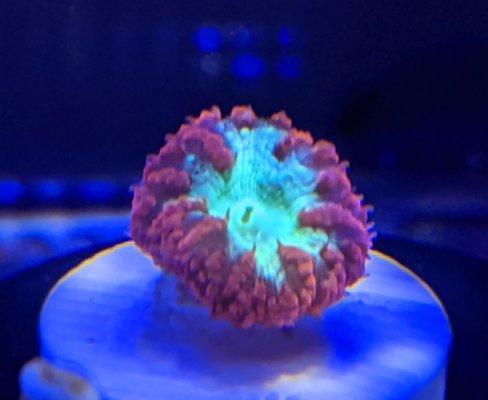
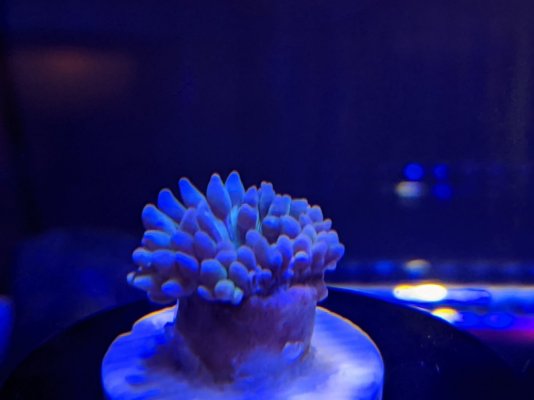
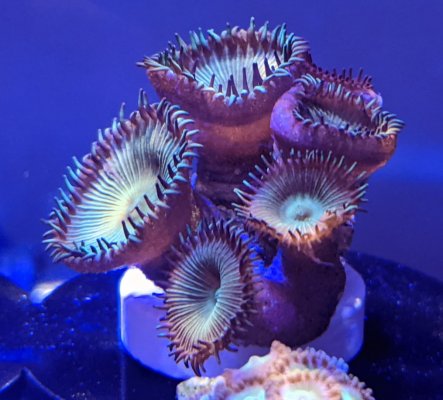
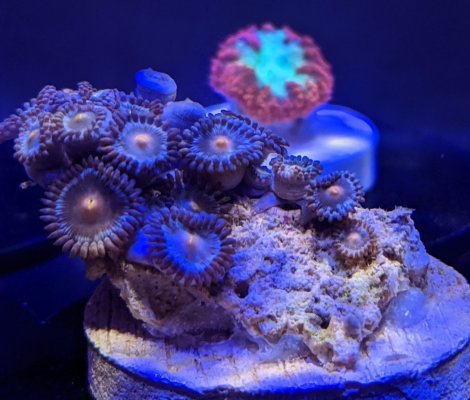
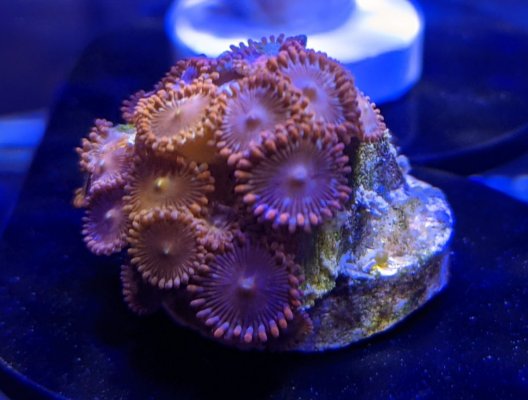
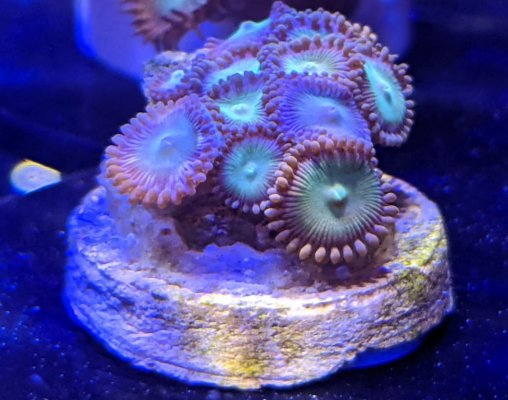
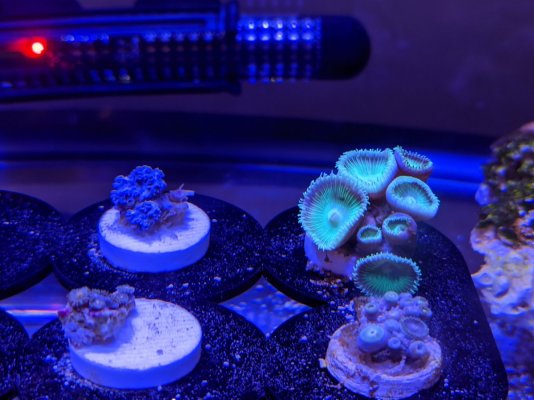
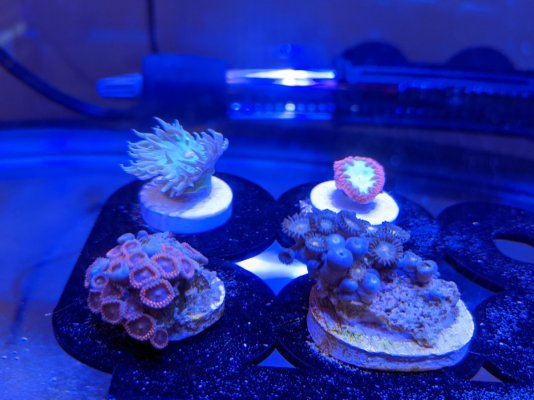
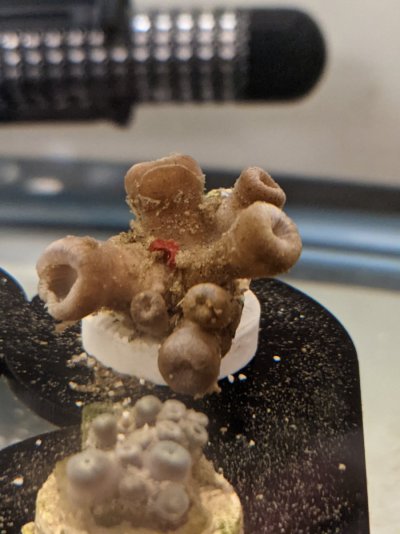
Livestock
Duncan
Fire blastomussa welsii
Radioactive Palythoa
Xenia
Zoanthid x 4
5/9/21
Temperature: 80F
Salinity: 1.025
pH: 8.15
KH: 9.3
Ammonia: 0
Ca: 420
Mg: 1155
PO4: 0
5/18/21
Temperature: 80F
Salinity: 1.025
pH: 8.15
Ammonia: 0
Nitrates: between 5-10
The first 6 pictures below are from 4/27/21 and the last 3 are from 5/17/21









Last edited:






